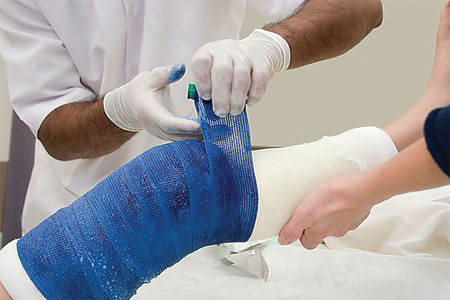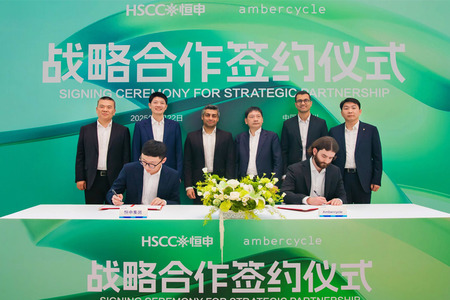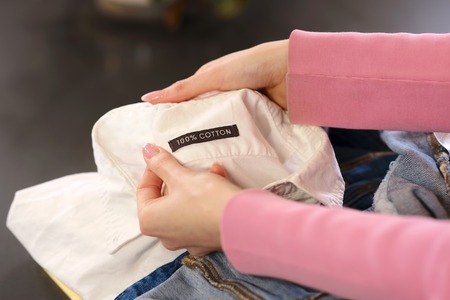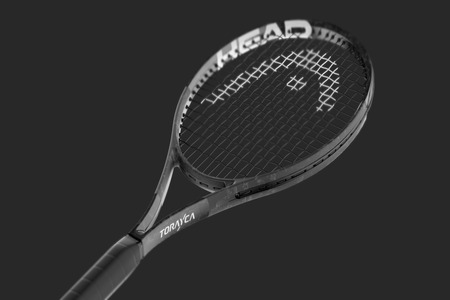New method devised for conductive cotton fabrics depositing graphene inks
YarnsandFibers News Bureau 2016-11-29 16:00:00 – CambridgeThe Cambridge Graphene Centre (CGC) researchers at the University of Cambridge in join collaboration with scientists at Jiangnan University, China, have developed new method for producing conductive cotton fabrics depositing graphene-based inks that is expected to open up new possibilities for flexible and wearable electronics.
Cotton fabric is among the most widespread for use in clothing and textiles, as it is breathable and comfortable to wear, as well as being durable to washing. These properties also make it an ideal choice for textile electronics, without the use of any often expensive and toxic processing methods.
A new process, developed by Dr Felice Torrisi at the CGC, and his partners, is claimed to be a low-cost, sustainable and environmentally-friendly method for making conductive cotton textiles by impregnating them with a graphene-based conductive ink.
The research team created inks of chemically modified graphene flakes that are more adhesive to cotton fibres than unmodified graphene. Heat treatment after depositing the ink on the fabric improves the conductivity of the modified graphene, and the adhesion of the modified graphene to the cotton fibre is similar to the way cotton holds coloured dyes, allowing it to remain conductive after several washes.
Other conductive inks are made from precious metals such as silver, which makes them very expensive to produce and not sustainable, whereas graphene is both cheap, environmentally-friendly, and chemically compatible with cotton, explains Torrisi.
Turning cotton fibres into functional electronic components can open to an entirely new set of applications from healthcare and wellbeing to the Internet of Things. Thanks to nanotechnology, in the future clothes could incorporate these textile-based electronics and become interactive.
According to Co-author Professor Chaoxia Wang of Jiangnan University,this method will allow them to put electronic systems directly into clothes. It’s an incredible enabling technology for smart textiles.
Market Intelligence
Ask for free sample Report

experience
Customer Base
dedicated team
Countries Served Worldwide









